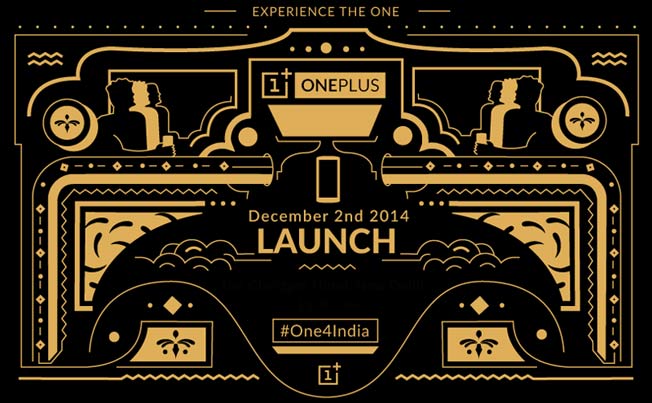The International Space Station’s 3-D printer has manufactured the first 3-D printed object in space, paving the way to future long-term space expeditions.
NASA astronaut Barry “Butch” Wilmore, Expedition 42 commander aboard the International Space Station, installed the printer on Nov. 17 and conducted the first calibration test print. Based on the test print results, the ground control team sent commands to realign the printer and printed a second calibration test on Nov. 20. These tests verified that the printer was ready for manufacturing operations. On Nov. 24, ground controllers sent the printer the command to make the first printed part: a faceplate of the extruder’s casing. This demonstrated that the printer can make replacement parts for itself. The 3-D printer uses a process formally known as additive manufacturing to heat a relatively low-temperature plastic filament and extrude it one layer at a time to build the part defined in the design file sent to the machine.
While NASA is conducting the test partly to ensure the viability of producing replacement parts in space, the space agency is also testing how the zero-gravity environment affects the processes of 3D printing. The first 3D printed part will be sent back to Earth in 2015 to allow researchers to run tests to check the differences between manufacuring in space and on Earth. Already the part was noted to have stronger bonds of adhesion than expected, but Werkheiser said the team was not yet sure whether the effects were caused by microgravity or “part of the normal fine-tuning process for printing.“
Niki Werkheiser, project manager for the International Space Station 3-D Printer at NASA’s Marshall Space Flight Centerin Huntsville, Alabama, said:
This first print is the initial step toward providing an on-demand machine shop capability away from Earth. The space station is the only laboratory where we can fully test this technology in space.
The Tech Portal is published by Blue Box Media Private Limited. Our investors have no influence over our reporting. Read our full Ownership and Funding Disclosure →





